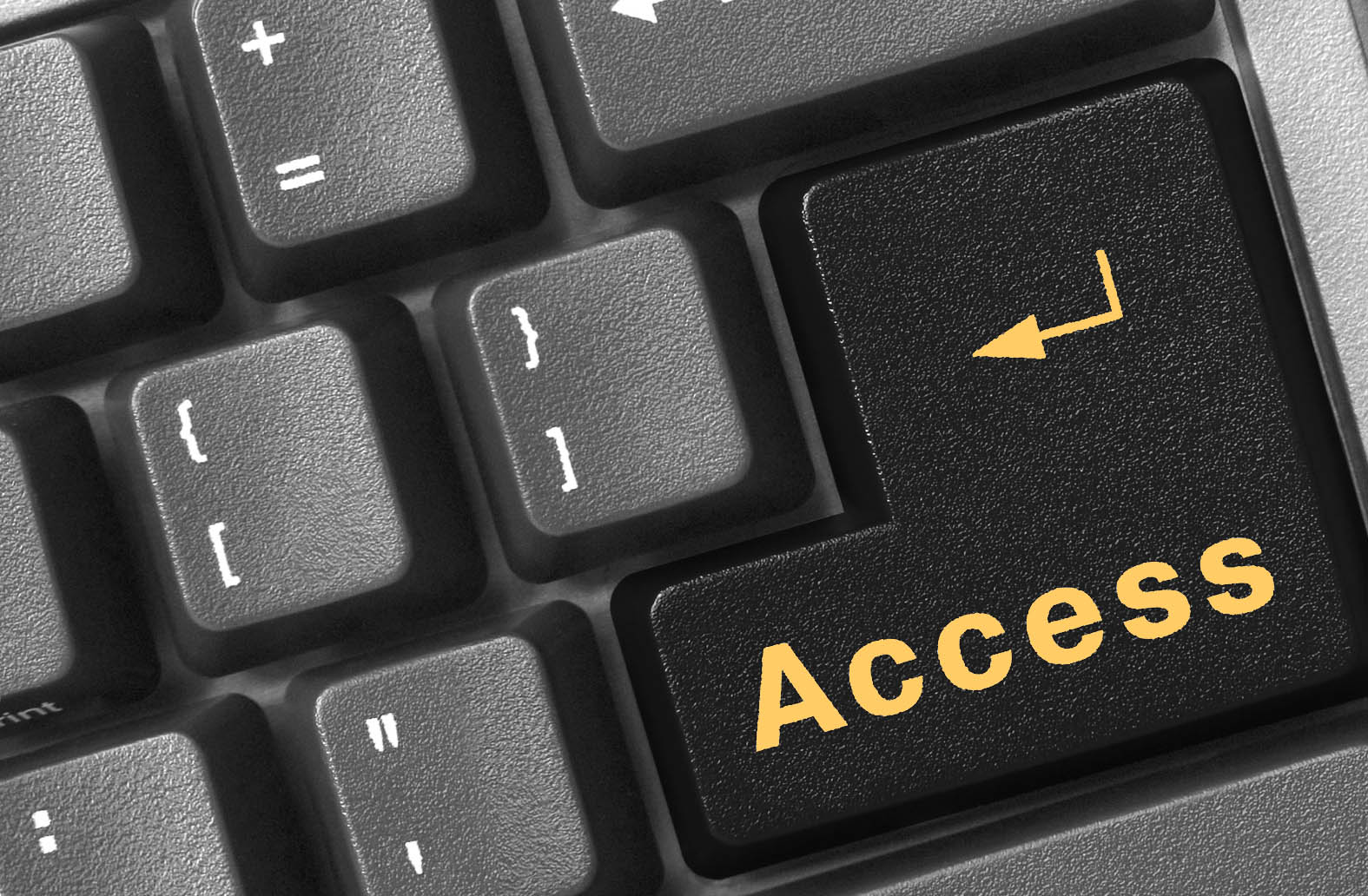Broadband Access and Human Rights
Between attending the Federal Communications Commission’s Broadband Summit and hosting my own broadband webinar last week, I have a lot of ideas on the subject. Broadband access is now viewed by many as the new digital divide. In the United States, 19 million people don’t have high-speed Internet access, and 14 million of those without access live in rural areas. While there have been many efforts by grassroots activists, tech firms and policy makers to close the digital gap, many are advocating that broadband is a human rights issue and that universal access is the only solution to the problem.
During a recent conversation on the subject, Susan Crawford, former Obama adviser and author of Captive Audience, said that one of the main barriers to access is the high price for broadband being charged by a monopoly of telecommunications firms. “A hundred years ago, many people thought that electricity was a luxury,” she said. ”It took a decade to make sure everyone had electricity. At the time there were special interest groups that wanted to make sure only rich people had it. We succeeded as a nation because we realized that it was better for everyone’s quality of life to have electricity.” Universal broadband access improves everyone’s quality of life by leveling the playing field for marginalized communities. Many things we do in our lives are now required to be done online, like applying for jobs and other resources or accessing health records. Furthermore, the Internet is no longer dial-up friendly. The vast majority of websites today are designed to be viewed using high-speed Internet. But what about mobile phones? Yes, mobile technology has greatly helped to reduce the digital divide.
As a matter of fact, it is expected that more people will access the Internet on their mobiles than on a PC by this year. But there are limitations to using mobiles as well, such as slower connections based on what phone and/or carrier used and smaller screens. It is also harder to type long-form documents like resumes and term papers on a mobile. But what about public libraries? Yes, public libraries have led the path to more Internet access in marginalized communities.
However, most libraries have time limits on computer use, and because many times they are not well maintained, the computers may have viruses and break easily and often. Also, some librarians are not digitally literate and are not the most useful in helping those seeking computer help, although this is changing in many communities. During the Broadband Summit, Rep. Doris Matsui said she was planning on reintroducing the Broadband Affordability Act in Congress in the next few weeks. The original bill required “the Federal Communications Commission (FCC) to establish a broadband lifeline program enabling qualifying low-income customers residing in urban and rural areas to purchase broadband service at reduced charges by reimbursing providers for each such customer served.” The Act would also mandate that it “be similar in structure to the Lifeline program for basic telephone service, prevent awarding duplicate subsidies for an individual eligible household, and promote competition from broadband service providers by using neutral technology.”
But this is not just an issue of price. There is also a good number of people who don’t have access because they are digitally illiterate, don’t understand why having broadband access is relevant in their lives and/or have a distrust for sensitive Internet activities, like online banking. During both the summit and our webinar, I got many new ideas on how to convince more people to support better broadband access. Some of these ideas are already being implemented by many government agencies and organizations, including Global Wire Associates.
- making it easier to use electronics, i.e. instruction on how to use newly purchased gadgets
- culturally sensitive trainings, i.e. instruction in different languages
- community-specific trainings, i.e. senior citizens, veterans, entrepreneurs and ex-offenders – “meeting people where they are”
- making technology more technically accessible, i.e. instructing visually and hearing impaired individuals with larger keyboards and IP Relay
- offering free or discounted tablets to low-income students and residents, such as having a comparable tech program to the school lunch program
- encourage multi-generational Internet trainings
- using high schools and community colleges after hours for computer training
- turning public libraries into fully functioning community media centers
